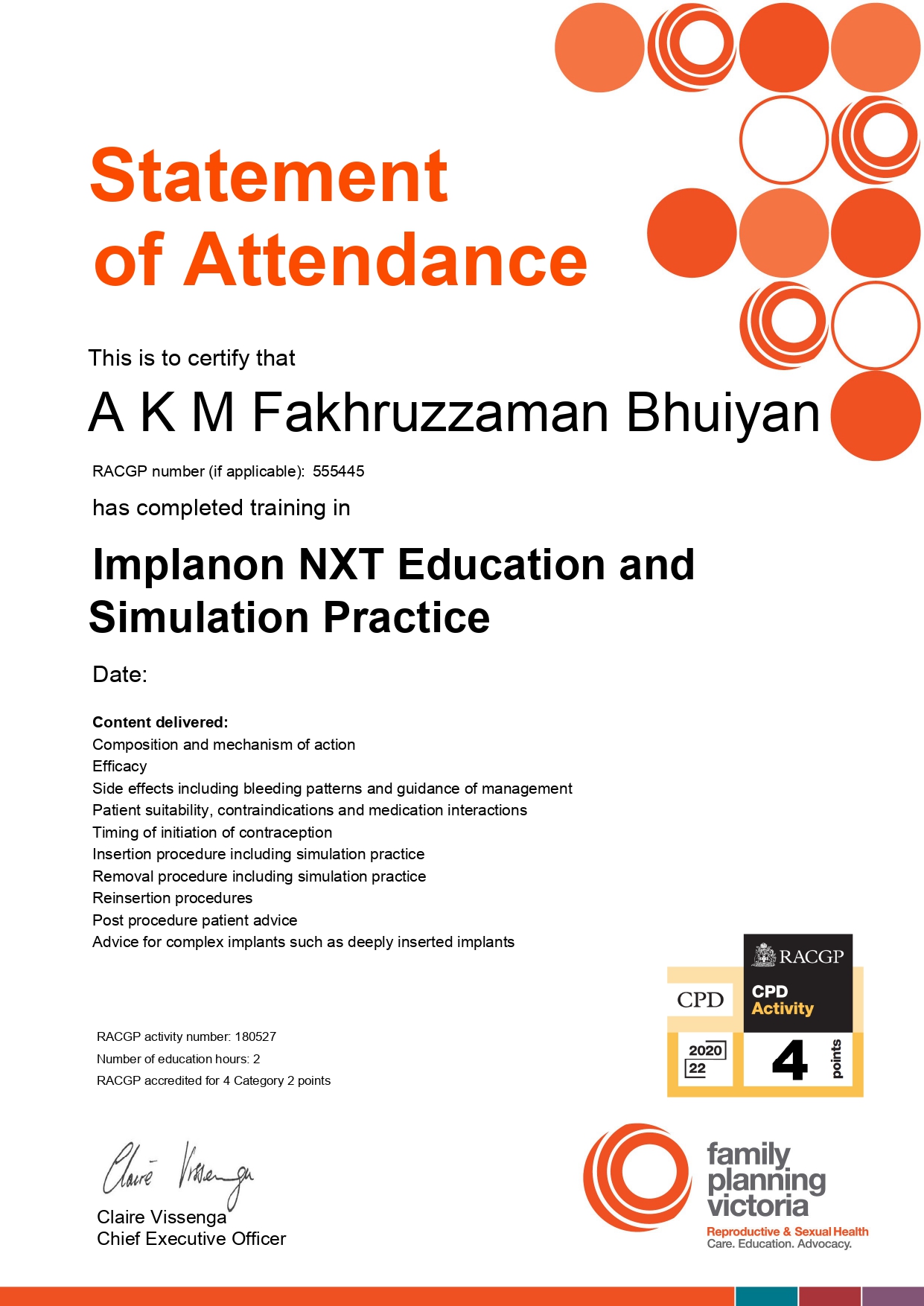In all over Australia, 64% of the adult population have experienced three or more modifiable risk factors.
Assessment of cardiovascular disease (CVD) risk on the basis of the combined effect of multiple risk factors (absolute CVD risk) is more accurate than the use of individual risk factors. As cardiovascular disease is largely preventable, an approach focusing on comprehensive risk assessment will enable effective management of identified modifiable risk factors through lifestyle changes and, where needed, pharmacological therapy.

The Doctors at Pakenham Medical Centre have successfully developed long-term plans to treat and monitor cholesterol levels. The Practice Nurses at our clinic have done extensive training – including Life courses and help with dietary modification.
What are the management goals?
Decisions regarding management of absolute CVD risk are made according to the individual’s absolute risk level. The management goal is to reduce the patient’s level of absolute risk. This is achieved by managing several individual risk factors. Evidence shows that moderate reduction in several risk factors is more effective in reducing overall CVD risk than a major reduction in one factor.
Such risk factors include:
- Age and sex
- Family history of premature Cardiovascular Disease
- Social history including cultural identity, ethnicity, socioeconomic status and mental health
- BMI: body mass index.
- eGFR: estimated glomerular filtration rate.
Related Conditions
- Diabetes
- Chronic Kidney Disease (albuminuria ± urine protein, eGFR)
- Familial hypercholesterolemia
- Evidence of atrial fibrillation (history, examination, and electrocardiogram)
- Smoking status
- Blood pressure
- Serum lipids
- Waist circumference and BMI
- Nutrition
- Physical activity level
- Alcohol intake



